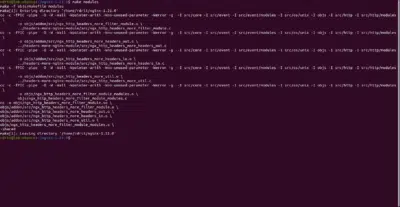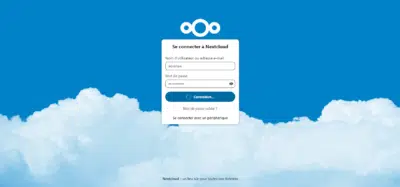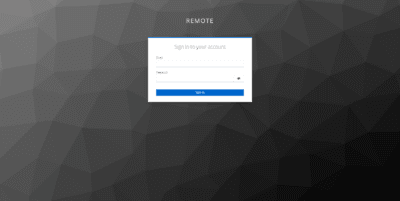Download GLPI from command line on Linux
In this tutorial, I will explain how to download GLPI from the command line with wget, unzip it and move it to the virtualhost folder. If you have a Web server under Linux with Nginx, this tutorial will allow you to install GLPI without needing to use a WinSCP type client or FTP server. 1. …









